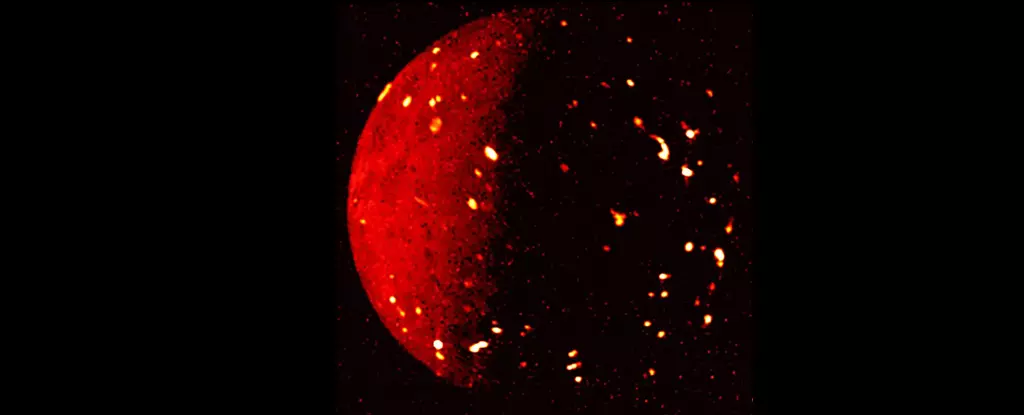
Red hot lava lakes found on Jupiter's moon, NASA excited at the wealth of new data
text_fieldsWashington: NASA's Juno spacecraft has taken pictures of flowing red-hot lava lakes on Jupiter's moon Io. They are seen as bright red patches in infrared light pictures.
The spacecraft took the photos from 80,000 km away. The task was part of Juno's mission of exploring Jupiter's inner moons. Juno Principal Investigator Scott Bolton said the team is very excited to obtain a wealth of new information. "You can see volcanic hotspots. We've been able to monitor over the course of the primary mission - over 30 orbits - how this changes and evolves. Scientists have found more volcanic spots in the polar region than in the planet's equatorial region," he added.
Io Volcano Observer mission said that the moon is a "true volcanic wonderland." It has hundreds of erupting volcanoes that release tons of molten lava and sulphurous gases at any given time. The Jupiter moon struggles with harsh tides caused by the giant planet's heavy gravitational pull that strains and crushes it along its elliptical course. Orbital tugs of sibling moons Europa and Ganymede are also contributing to the tides.
This exploration of Jupiter's moon was the first of nine flybys. Two of them will be from only 1,500 km away. Scientists will be using these flybys for high-resolution monitoring on the magma-encrusted moon. NASA's press release said that experts are aiming to study how Io's volcanoes and eruptions are interacting with Jupiter's magnetosphere and aurora.
The sensors of Juno are designed to study Jupiter but experts are happy to find out that they work just fine to observe Jupiter's moons.























